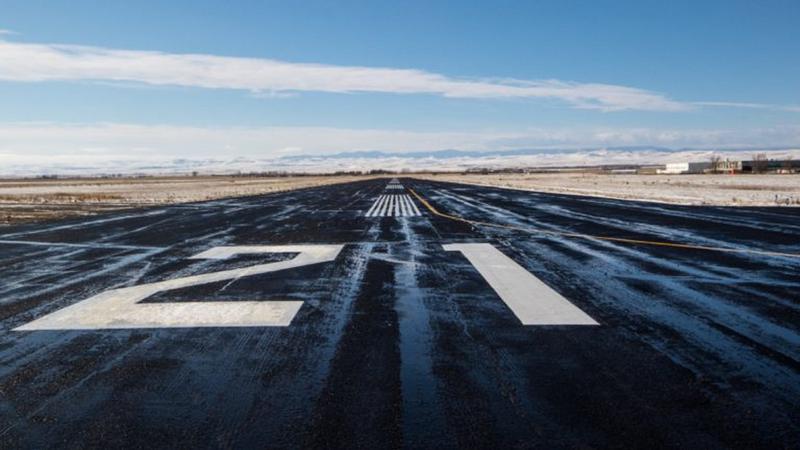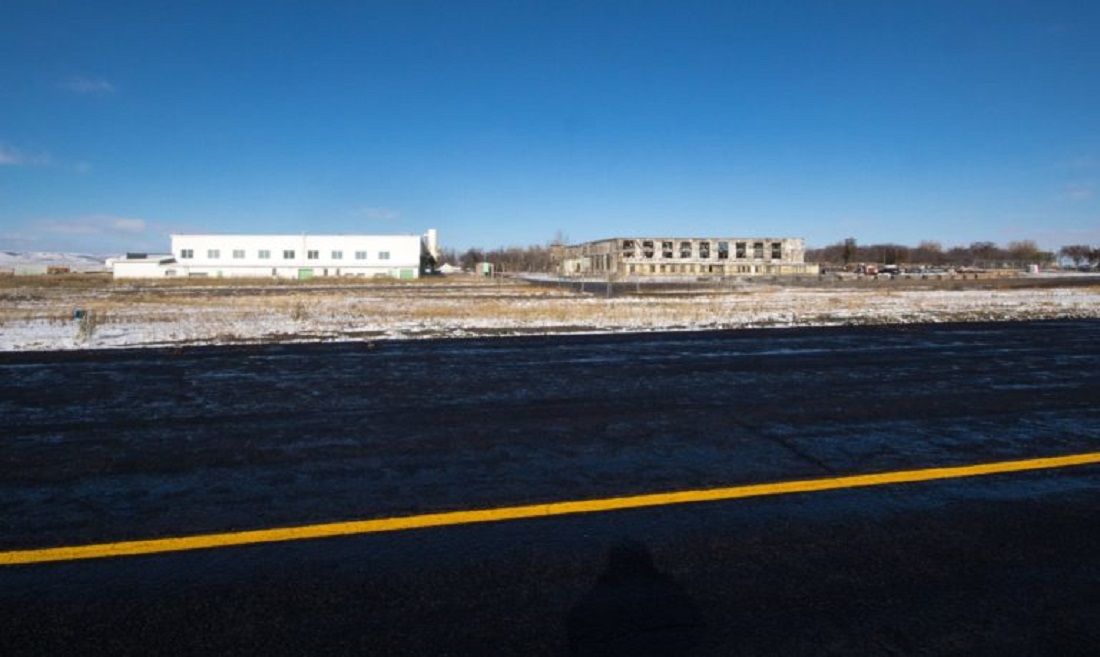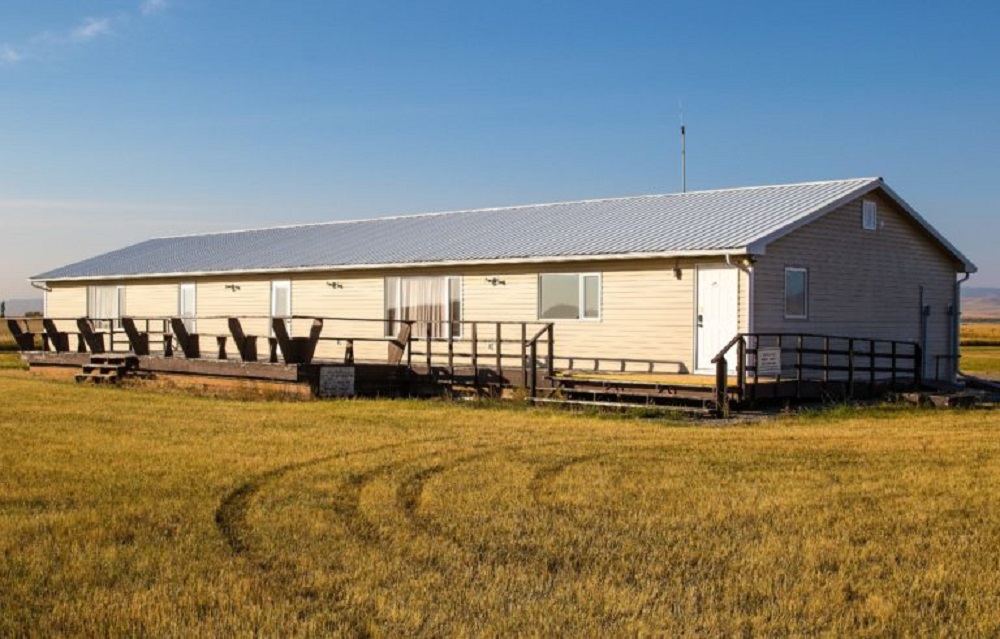
New life at one of Canada’s historic WWII airports
CLARESHOM, AB. — Eighty years ago, at the end of October 1940, the Battle of Britain was winding up, and the air war over the U.K. and mainland Europe was beginning. Allied military leaders realized earlier that a large number of aircrew would be required to ensure that the input of new aircrew exceeded the number lost in battle.
The British Commonwealth Air Training Plan (BCATP) had been created in 1939 to recruit and train pilots and aircrew. Canada had been chosen as the safest country to carry out the training. The impetus to rapidly expand this plan went into effect by the end of 1940 with a massive engineering program — the largest in Canadian history.
By the end of 1942, 150 airfields were built and operational across the country, with the majority on the western prairies. By the end of the Second World War, 131,553 students had graduated, of which 49,507 were pilots. Most of these airfields were decommissioned and have since faded into obscurity.
 Two original World War II hangars. Hangar 5, to the left, is extensively renovated inside and out – the taxiway freshly sealed and painted – Gary Watson Photo
Two original World War II hangars. Hangar 5, to the left, is extensively renovated inside and out – the taxiway freshly sealed and painted – Gary Watson Photo



